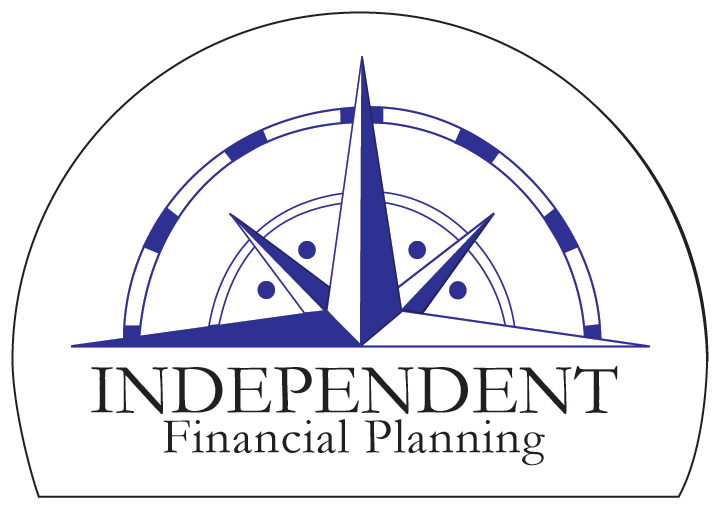Are you a small business owner? When you get older (above 50), a cash balance pension plan may be a good retirement plan to adopt. 401(k) plans are a great starting place for your business’s retirement plan, but it may be time to add on another plan if your income is in a high tax bracket.
With a 401(k) plan, your maximum annual addition is $61,000 per year (2022). Having a Roth 401(k) plan is even better, and utilizing the Mega Backdoor Roth strategy is an amazing place to start if you are a high income earner. But as you enter your 50s and the advantages of Roth are less pronounced, you may want to investigate reducing your tax-burden. This is especially true if you are in the top income tax brackets (32%, 35%, or 37%).
Enter the potential for a Cash Balance Pension Plan (CB Plan). In short, a CB pension plan is like a defined benefit pension plan but with one key difference: The employer promises a final cash balance at retirement not a defined payment stream for life. You can sort of think of a CB Plan as a 401(k) that has a guaranteed account value at an employee’s retirement date. This future goal is set as a percentage of employee salary, and it’s funded entirely by the employer.
A CB plan is a promise to provide a percentage of a person’s salary at a specified retirement age (e.g. 62). As contributions are made to the plan, the funds are invested. The employer promises a rate of return based on the investments. If the investments perform poorly, the employer must contribute additional funds to the plan. If the investments perform well, the employer can contribute less money to the plan. For this reason, the investment target is usually conservative and based on actual income-generating investments.
The best way to illustrate this is with examples. First, let’s look at Bob’s situation. Bob is a 57-year-old business owner who earns $700,000 per year and wants to retire in 5 years (age 62). Bob is married and therefore inside the 37% tax bracket (2022). Bob also employs Eric, a 32-year-old employee earning $60,000 per year. Bob establishes a CB Plan this year that promises 50% of each person's salary at expected retirement (age 62) and guarantees a 5% rate of return.
So here is the goal:
1) 5 years from now, Bob needs 50% of $700,000 ($350,000)
2) 30 years from now, Eric needs 50% of $60,000 ($30,000)
From the table below, you can see that Bob can make a $63,341.18 contribution each year into the plan. Given Bob’s high tax bracket, that’s a significant amount of tax savings because money goes into the plan pre-tax. If investment performance falls below 5% for a given year, Bob will need to contribute more to ensure account value stays in line with established plan goals.
*It’s worth noting that actual contributions will vary year-to-year based on salary change (growth or decline) and investment returns. This table (and future tables) or for illustrative purposes only.
This sounds great for Bob. But what about Eric the employee? Well from Bob’s standpoint, Eric has compounding interest on his side. Bob only needs to contribute $451.55 per year for Eric’s account value to reach 50% of his salary ($30,000) when Eric reaches age 62.
Bob wants to shelter as much income from taxation as possible because he is in a high tax bracket. For years 1 – 5, if we assume Bob pays 45% in federal, state, and local taxes, he saves $28,503.53 in taxes each year by contributing to this plan. Bob’s additional “cost” to do so is only $451.55 (Eric’s contribution).
The lack of compounding interest works in Bob’s favor, even though he is older. Bob’s final account value is 90% contribution ($63,341.18 * 5) and 10% growth. Eric’s final account value is 45% contribution ($451.55 * 30) and 55% growth. This is a rare case where the effect of time value of money favors older employees not younger employees.
A CB Plan would save Bob a lot of money, while still providing Eric with additional funds for his retirement. Now there are 5 questions that typically arise at this point.
1) How do you get your money out of the Cash Balance Plan?
When Bob reaches the retirement age designated in the plan (IRS specifies the earliest age is 62), Bob can either roll it to his IRA or take a lifetime annuity. Providing the lifetime annuity option is a requirement, but he doesn’t have to take it.
2) What happens to Eric’s account value when Bob retires and business is sold/ended?
You can end a CB Plan for a legitimate business purpose (e.g. going out of business). It’s worth noting that you should do this in communication with your financial advisor, accountant, and TPA to ensure you don’t run afoul of the IRS. The funds that have accrued in Eric’s account will disperse to Eric. Typically, Eric will roll these funds over to his IRA. Once the plan ends, the employer is not longer responsible for continuing the plan contributions. In the above scenario, Bob retires in 5 years, and the $2,495 accredited to Eric’s account belong to Eric. Eric would roll this $2,495 to his IRA or new job’s retirement plan. Plan contributions from Bob’s business stop at that point since the plan is no longer open.
3) How much can I contribute?
There are contribution limits by age. These contribution limits stem from the IRS’s maximum annual benefit payout of $245,000 (2022) for defined benefit and CB Plans. All in all, the effective maximum cash balance available in a CB Plan is ~$3.1 million at retirement (2022). If you are close to retirement, and you need to get to that maximum cash balance of ~$3.1 million, you practically get to “Stuff it like a Turkey on Thanksgiving”. You get to stuff so much into that plan because your contributions need to effectively make up for the lost compounding interest time. That CB Plan turkey will be filled to bursting!
It’s worth noting that there are IRS nondiscrimination tests, but this is outside the scope of this article. Typical contributions range between $100,000 and $200,000 per year for business owners when they establish this plan, but please view the above link for more details.
4) How does a CB Plan integrate with a company’s existing 401k plan?
401(k) plans are “defined contribution” plans whereas a cash balance plan is a “defined benefits” plan. Contributions to one do not affect contributions to the other. You can have both. Most businesses that establish a CB Plan already have a 401(k) in place.
5) How do I set up a CB Plan?
You work with a financial planner to establish how the CB Plan fits in your retirement strategy. Afterwards, your financial advisor, accountant, and third-party administrator (TPA) coordinate to establish and maintain the plan. Note that there are administrative costs to do so because the plan needs to be reassessed annually to ensure it is appropriately funded.
At this point, you might be tired of reading, and that’s fine. However, some people would like an example that’s more “real-life” for their small business.
Let’s return to Bob the business owner. Bob is instead 55 and plans to retire in 7 years at 62. He earns $1,000,000 per year. Bob also has 2 high earning employees (both age 42 and earning $150,000 each). Lastly, Bob has 8 low earning employees (all age 32 and earning $60,000 each). Bob opens a CB Plan that promises 75% of all worker’s salaries at a retirement age of 62.
From the table below, you can see that during each of Bob’s last 7 year before retirement, he can contribute $92,114.86 to the plan (saving $41,451.69 in taxes – assumes 45% tax rate). Each year, he contributes $6,804.58 for his high wage employees ($3,402.29 each) and $5,418.52 for his low wage employees ($677.32 each).
Let’s take this a step further and make one more assumption. Let’s say that Bob, also has $1,000,000 in Roth funds between his IRA and his - already existing - Roth 401(k) plan at work. Well, the $750,000 in his Cash Balance Plan, which will probably be rolled over to his Traditional IRA at age 62, can be strategically coordinated with his Roth funds and Social Security to keep his income taxes lower during retirement.
At IFP, we hope you have a wonderful Thanksgiving, and remember: Stuff that Cash Balance Plan like a Turkey at Thanksgiving!
If you have questions about how a Cash Balance Plan fits into your retirement picture, give us a call at 571-969-1459 or email us at ryan@ifpinvest.com.





